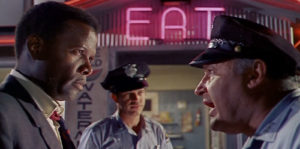
With the Oscars just around the corner, the Film Threat writers review films during a time when the Best Picture was actually the Best Picture.
1967 might feel like ancient history to some, but a substantial portion of the American population was alive when segregation and other regressive policies were plaguing the American South, and frustration over the lack of progress was boiling over into the streets throughout the nation. Director Norman Jewison’s In the Heat of the Night, a vehicle for the late Sidney Poitier, brings us back to that world.
Written by Stirling Silliphant, based on the novel by John Ball, the film is a police procedural that expertly touches upon dividing lines in American society: North and South, rural and urban, and most importantly, Black and White. During a hot summer night in Sparta, Mississippi – though filmed in Illinois due to the sensitivity of the subject matter – a wealthy industrialist is found dead in the middle of the street. Sparta is a small town quite unused to violence of this magnitude, so this causes quite the stir, and a desperate manhunt to find the killer begins.
The ill-equipped (and very racist) Sparta Police Department, headed by Chief Gillespie (the magnificent Rod Steiger), mistakenly arrest visiting Black Philadelphia police detective Virgil Tibbs (Poitier). After recognizing the error and that they are in over their head, the police are reluctantly forced to enlist the help of Mr. Tibbs, a homicide expert. Unfortunately, his investigation is hampered by corruption at every level and shockingly overt racism that impedes their investigation at every step.
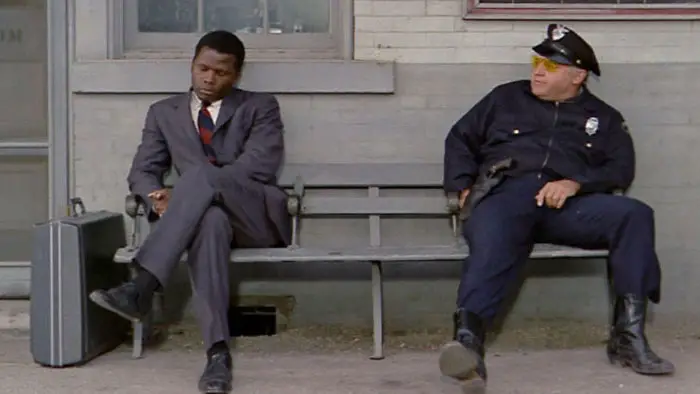
“…his investigation is hampered by corruption at every level and shockingly overt racism…”
It’s hard to comment on In the Heat of the Night without emphasizing the performance of Poitier, especially in the aftermath of his passing. Virgil Tibbs is a man with no patience for the inefficiencies of the Sparta Police Department, and the actor embodies this struggle with his confident demeanor, consistently showing them how it’s done — even when he battles racism at every turn. Poitier’s performances were almost always restrained, only allowing raging passion to come to the surface when needed.
Steiger is also a delight as Chief Gillespie, in a way serving as a counterpoint to Poitier as a man operating under heightened emotions. Red, sweaty, and always at the ready to dish out punishment, Steiger dominates the screen. The way he feverishly chews his gum while sauntering across the screen is an exemplary example of Method acting, using his physicality as a performer to energize the frame. It’s clear to anyone viewing that the chemistry between the two is what propels the film to such heights, and Jewison was wise to let it coast off their respective performances.
There’s no denying that many of the narrative aspects feel dated now. The treatment of racism is mostly surface-level here, with muscle cars donning the Confederate Flag, prodigious use of the N-word, and sequences on a cotton field. This is a far cry from examining the structural and sociological ramifications of racism, but hey, we gotta start somewhere.
In the Heat of the Night still holds up remarkably well today, and it only highlights the magnitude of losing Poitier. In light of all that’s happened in 1967, and beyond, it’s hard to avoid viewing this as anything other than the groundbreaking work it now recognized to be after its preservation by the Library of Congress. And if we’re being honest, it’s a breath of fresh air to revisit classics made at a time when major productions strove for social change and didn’t involve actors in spandex in front of a green screen.
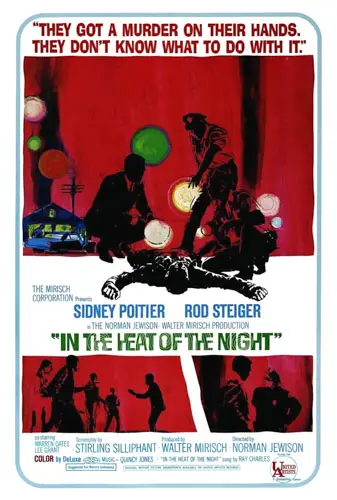
"…still holds up remarkably well today..."
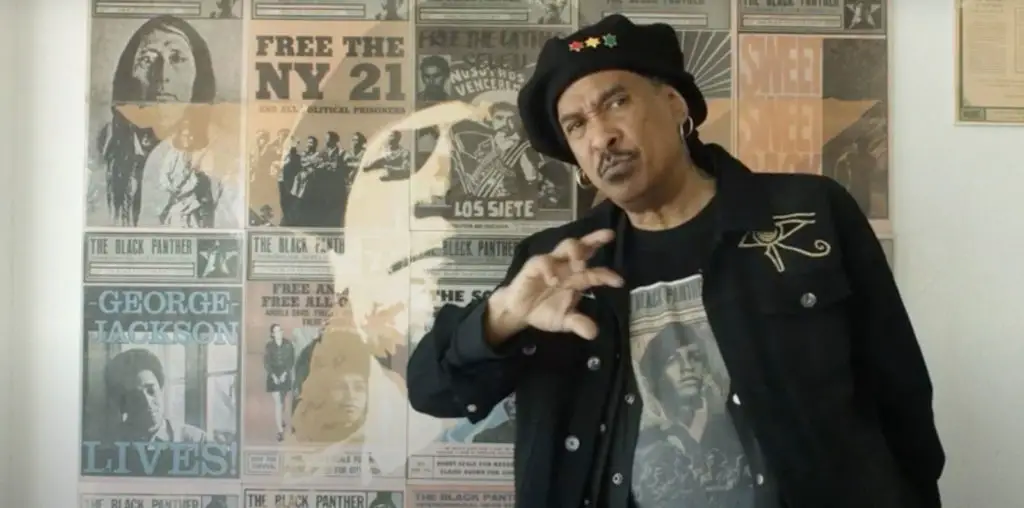

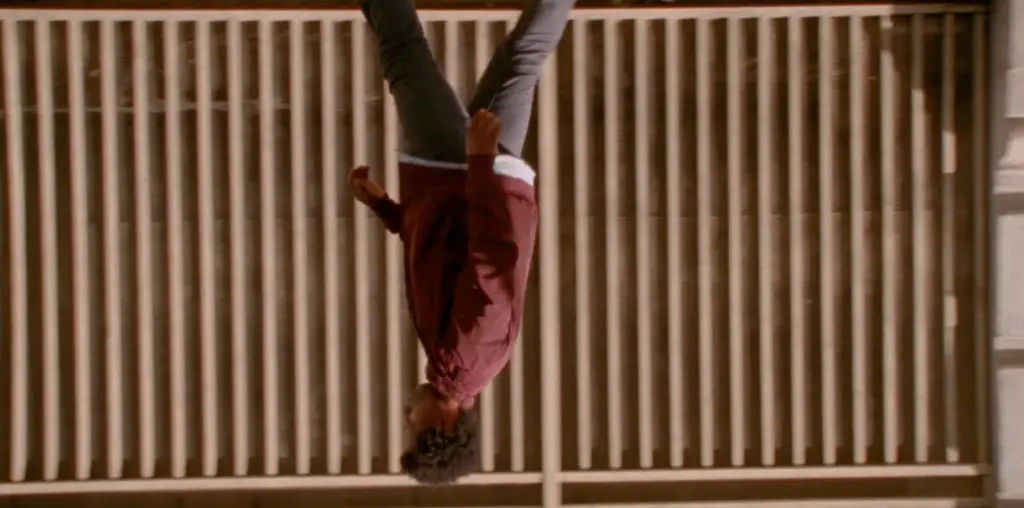
[…] Source link […]